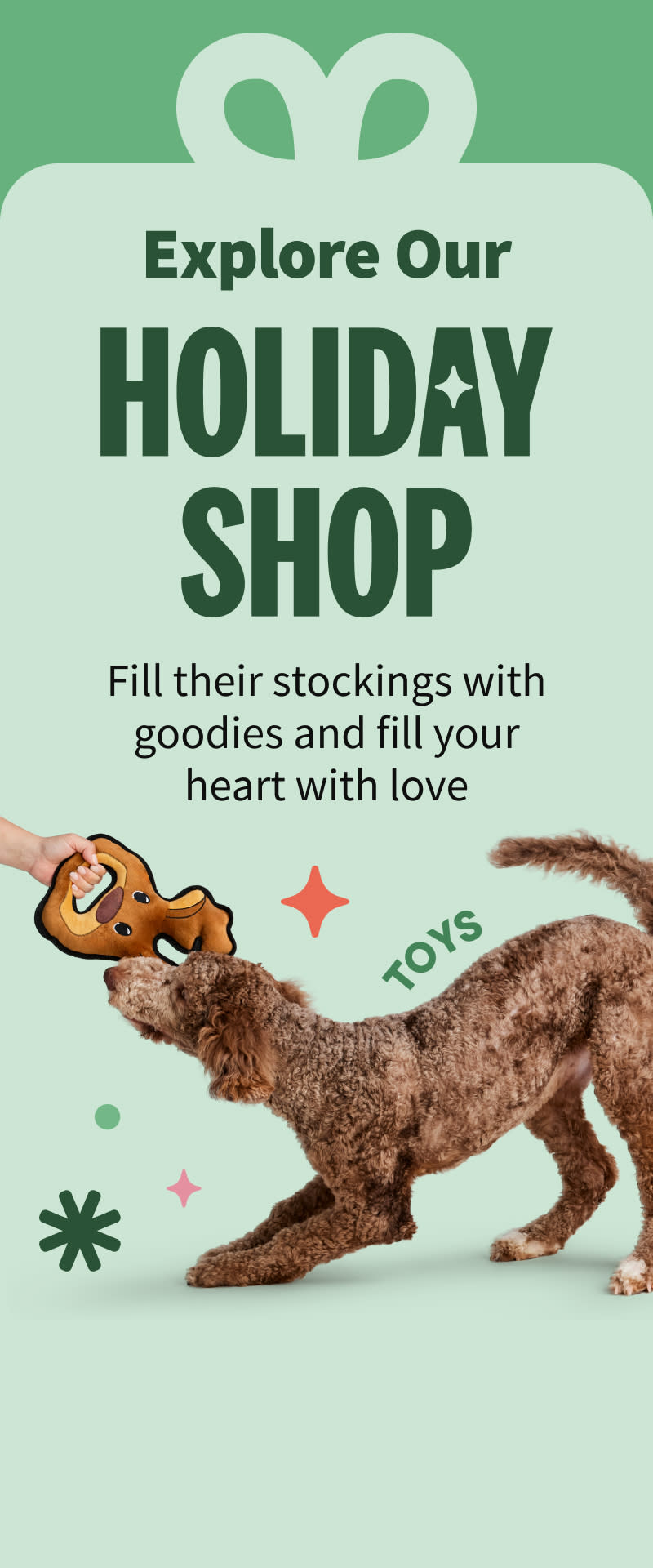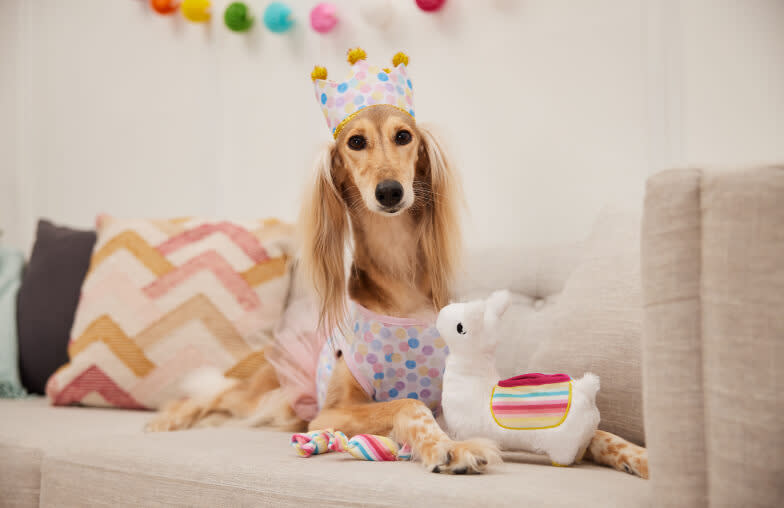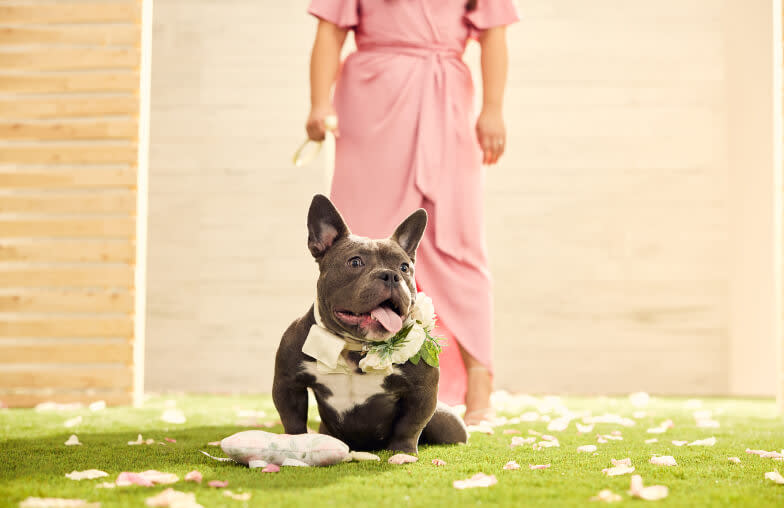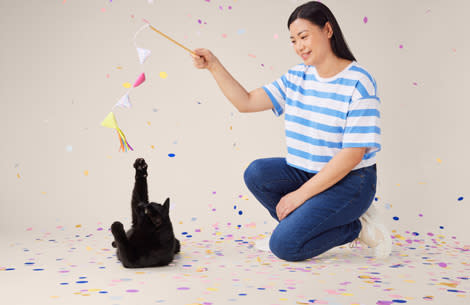Celebrate milestones with your pet for lasting memories

They did it! For pet parents, very few things are as rewarding as seeing your pet accomplish something new or achieve a major milestone — whether it's using a new litter box for the first time or finally accepting a new four-legged family member into the fold.
Sometimes the work that goes into achieving these big transitions feels monumental — and can be anxiety-ridden or challenging for both you and your pet. But we think all the effort to achieve that milestone is also worth celebrating.
Sometimes the work that goes into achieving these big transitions feels monumental — and can be anxiety-ridden or challenging for both you and your pet. But we think all the effort to achieve that milestone is also worth celebrating.
Celebrating pet firsts
Positive reinforcement is by far the best way to introduce a puppy or kitten to a new habit or routine — it’s also a tiny celebration in itself. Rewarding your pet with praise, treats, head scratches, and tummy rubs when they accomplish something new for the first dozen or so times is a way to celebrate what they’ve learned and celebrate your own success in teaching them.
Positive reinforcement is a mode of communication that is easily understood by pets, strengthens their bond with you, and helps you both develop patience. It is more effective than negative reinforcement or punishment, which can lead to the development of fear reactions in your pets.
Pet Valu’s veterinary expert Dr. Garrett Schuilenberg recommends making the most out of high-value rewards like treats and toys while also using your best soothing voice to encourage your pet. “Lots of baby talk is always good. High-pitched voices indicate to them that it's a positive experience and that they should be happy,” he says.
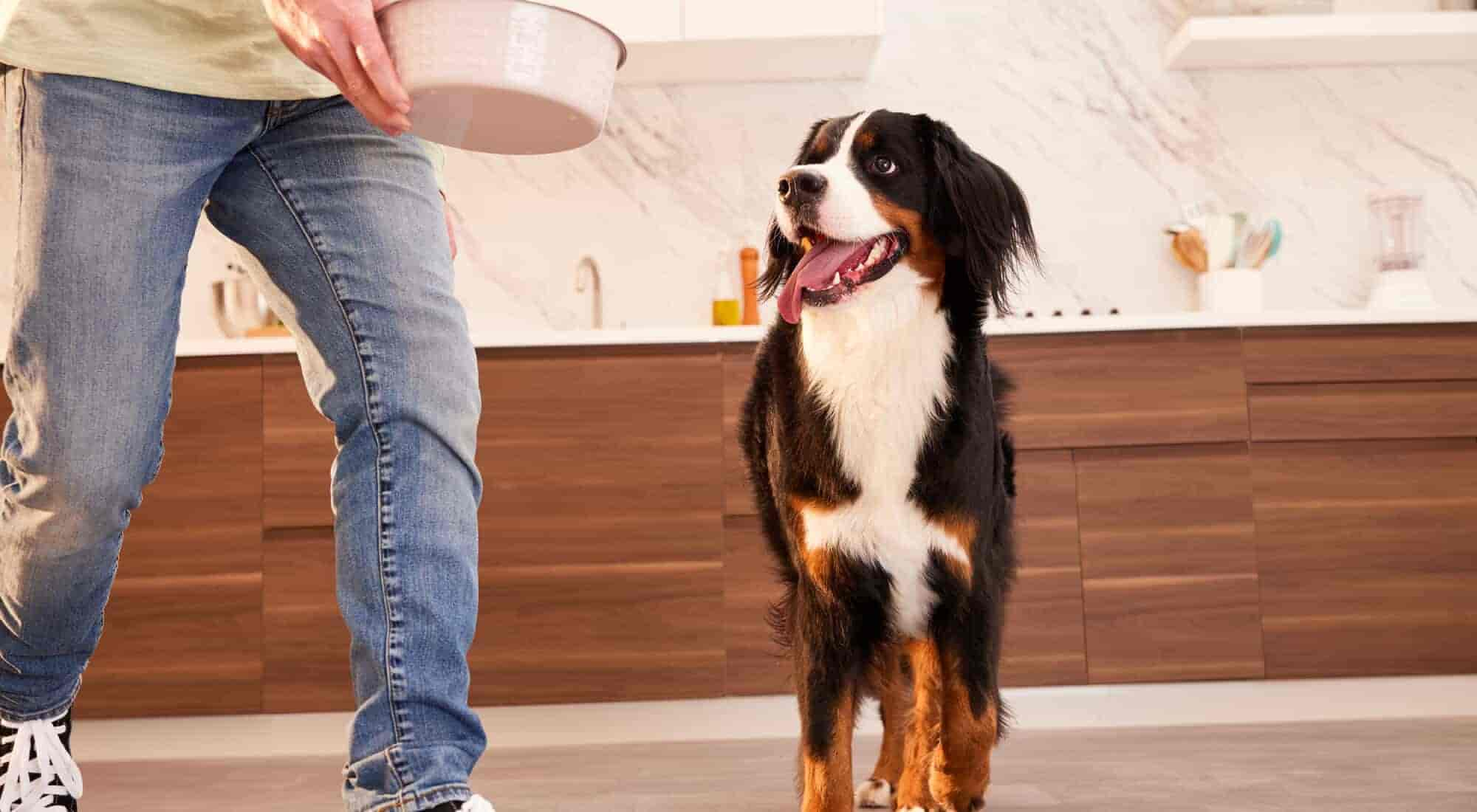
Celebrating changes to routine
Convincing your pet to give up an old worn out bed or try a new food can sometimes be met with resistance. Our pets are creatures of habit. They like their routines and they thrive under consistency. Change, however, is a constant and there are things we can do to help pets adapt — while celebrating their acceptance of something new.
For example, a new bed might come with an enticing new toy, but you can also help them associate it with quality time with their favourite human. Make the new bed the spot where your pet gets attention in the form of celebratory cuddles and extra scratches.
As for new food your pet is unsure about, try turning it into a treat or an entertaining game that piques their curiosity. Introduce them to a change in their diet by filling a fun treat ball with their new kibble, or combine a piece of the kibble with their current favourite snack making the combo a package deal (peanut butter is often a secret weapon!).
When your pet has gone through what for them was a big change, celebrate it with an extra special treat, a new toy, or spending time together doing one of their favourite activities, whether it’s a swim in the lake or a long cuddle.
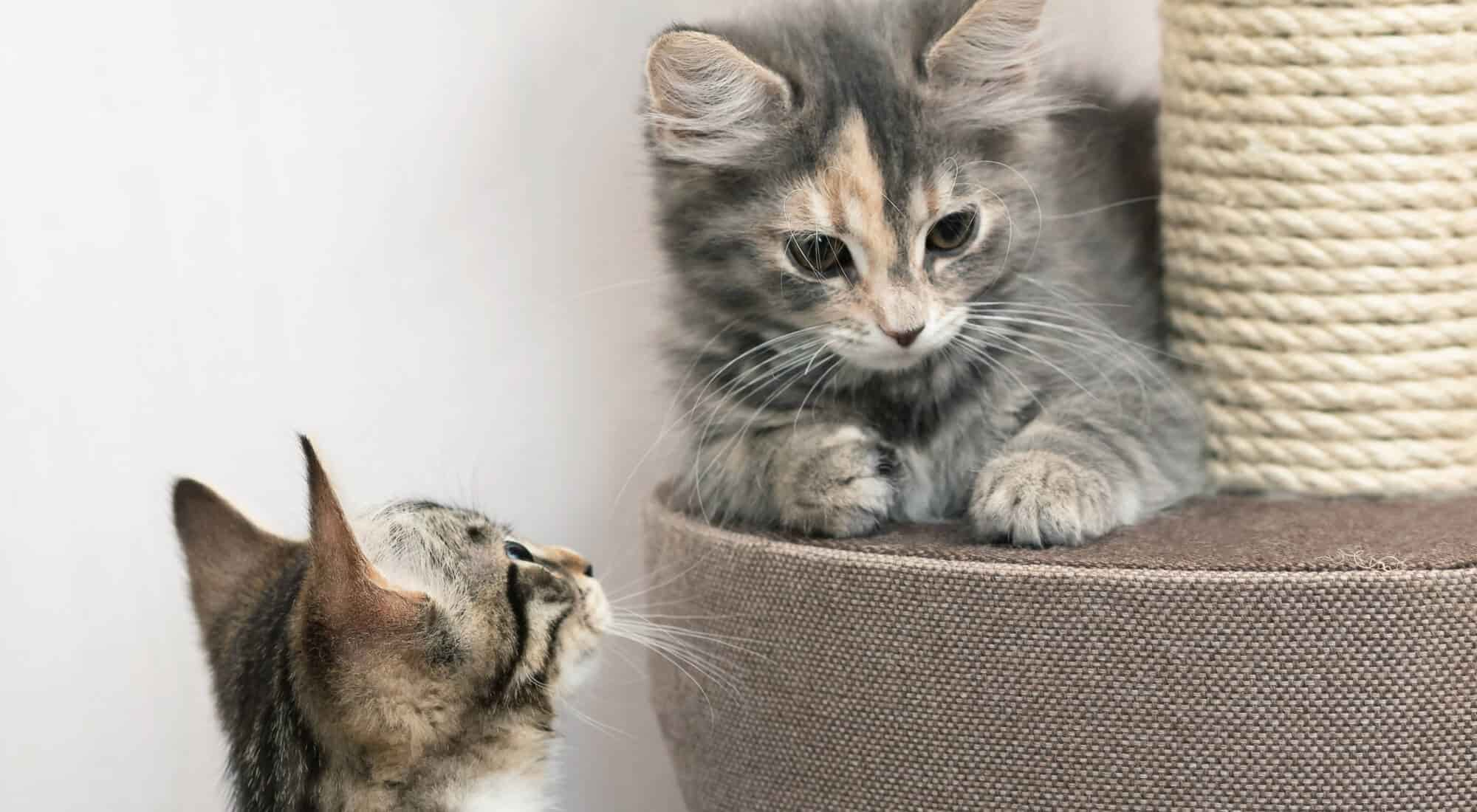
Celebrating new pals
Veteran cat parents may already be very familiar with the slow and steady process of introducing a new feline into the household.
It’s one that involves incremental introductions in which the cats are brought closer together over a series of days (or even weeks). The same, however, can go for dogs, too. Especially for older dogs who are being confronted with the tornado-like energy of a new puppy.
“More controlled interactions are definitely beneficial in the long term,” says Dr. Schuilenberg.
Leaving pets to "work it out" is (generally) not the best approach, and you can avoid confrontations by facilitating positive interactions — hopefully even creating a solid foundation for lifelong friendships.
Celebrating good health
Does the sight of their monthly heartworm medication send your pet into hiding? Dr. Schuilenberg points out that our habit of giving medications to pets inside a treat could be working against us.
“A lot of people will give medications in a treat. If you're always hiding medications in a piece of cheese or a piece of lunch meat, every time your pet gets a piece of lunch meat, they're going to expect that something is in it.”
When your pet needs to take a pill, he recommends doubling up on the rewards. “I think it's important also to reward that act itself. When they eat the treat with the medication in it, that is a reward, yes. But then giving them another treat after that, for taking their medication appropriately, can help as well.”






































